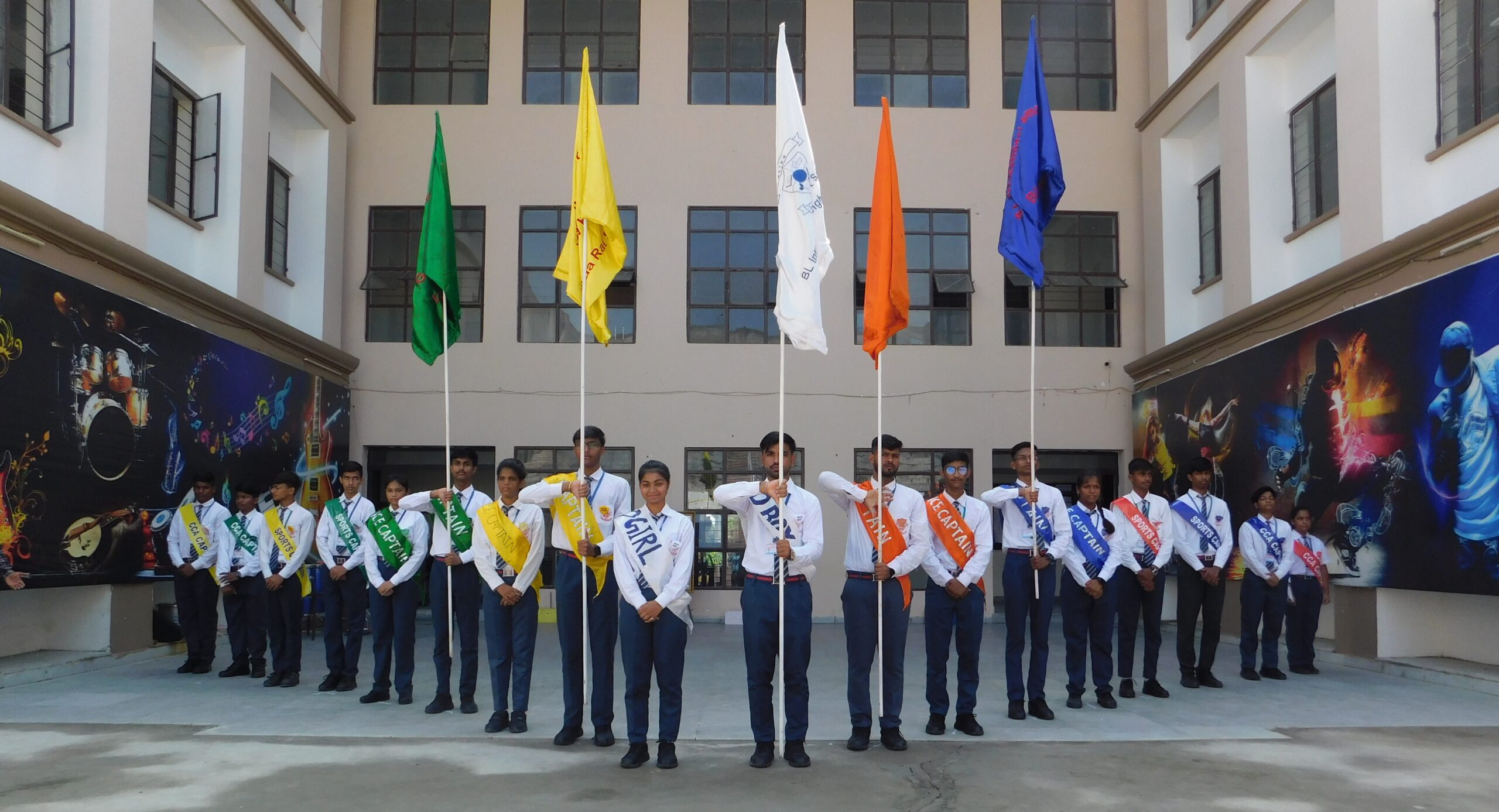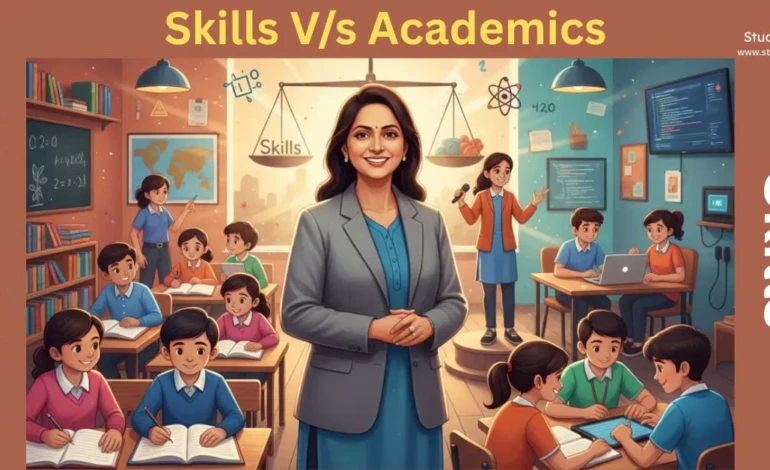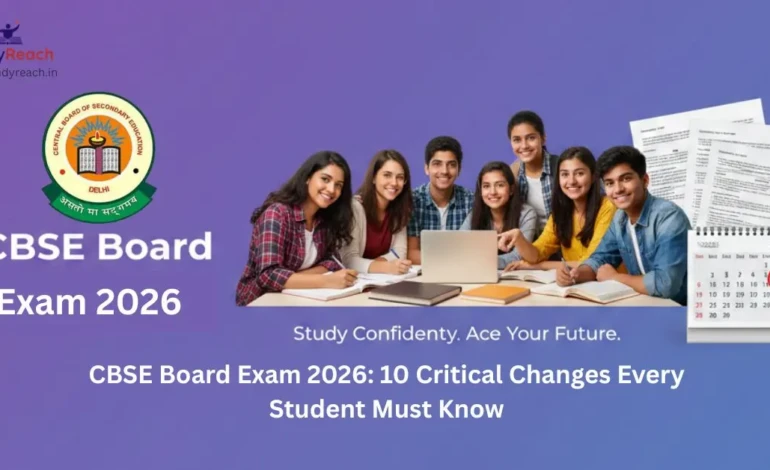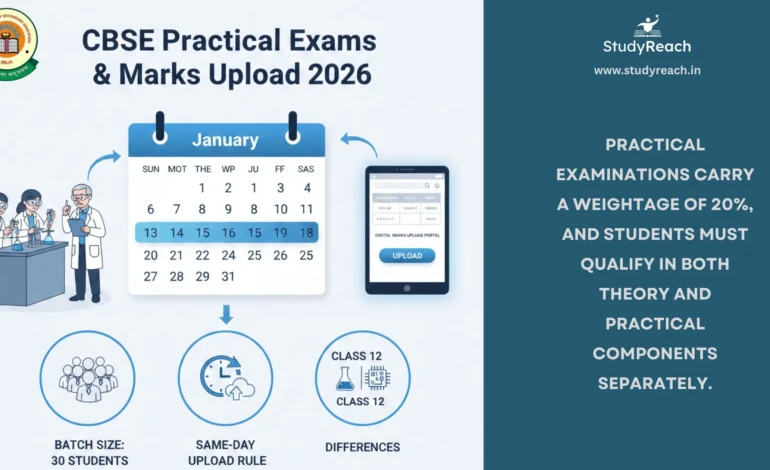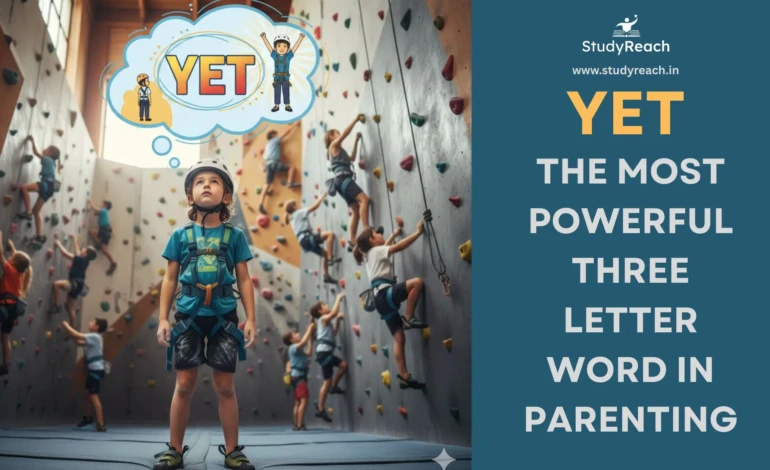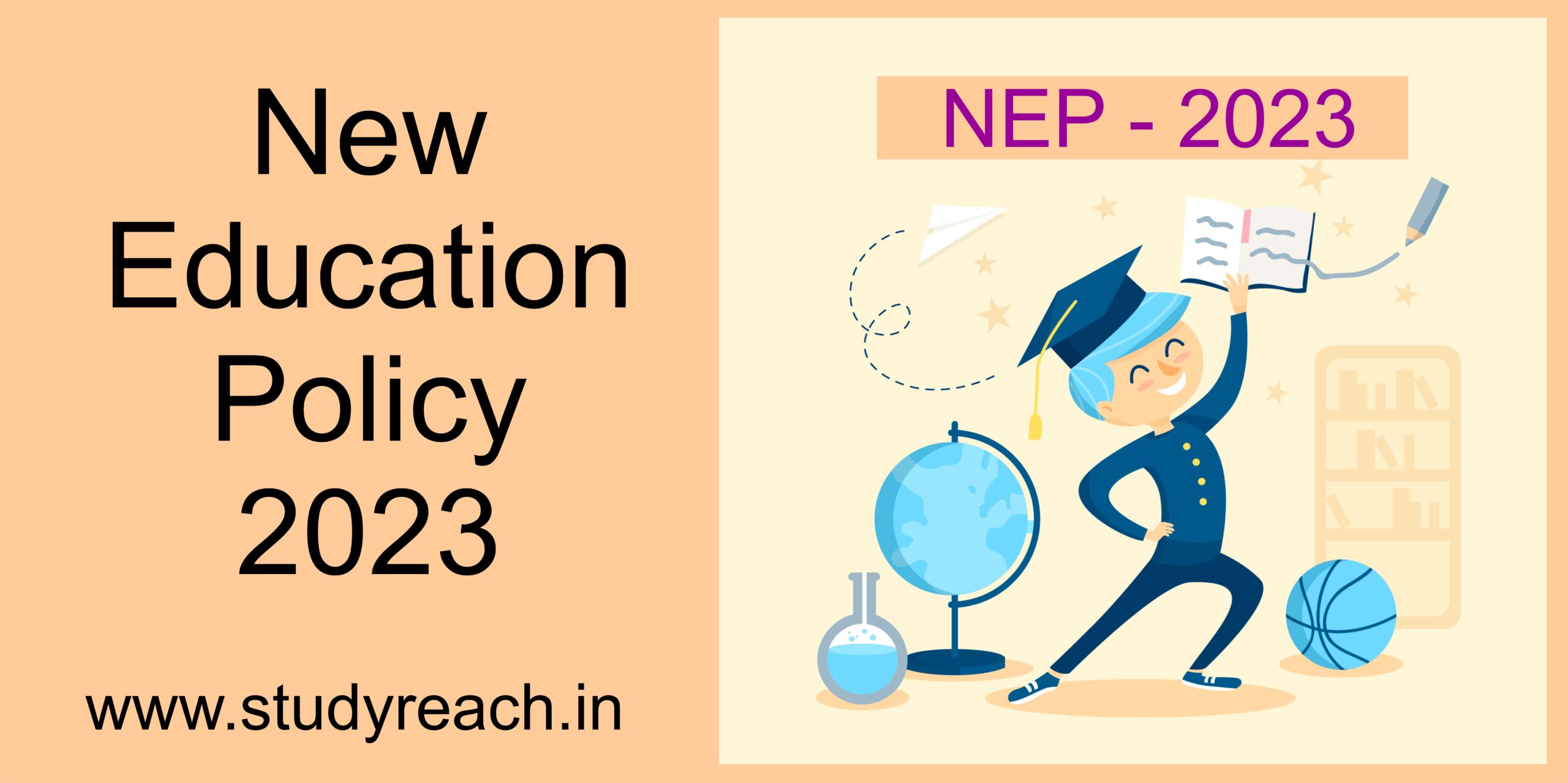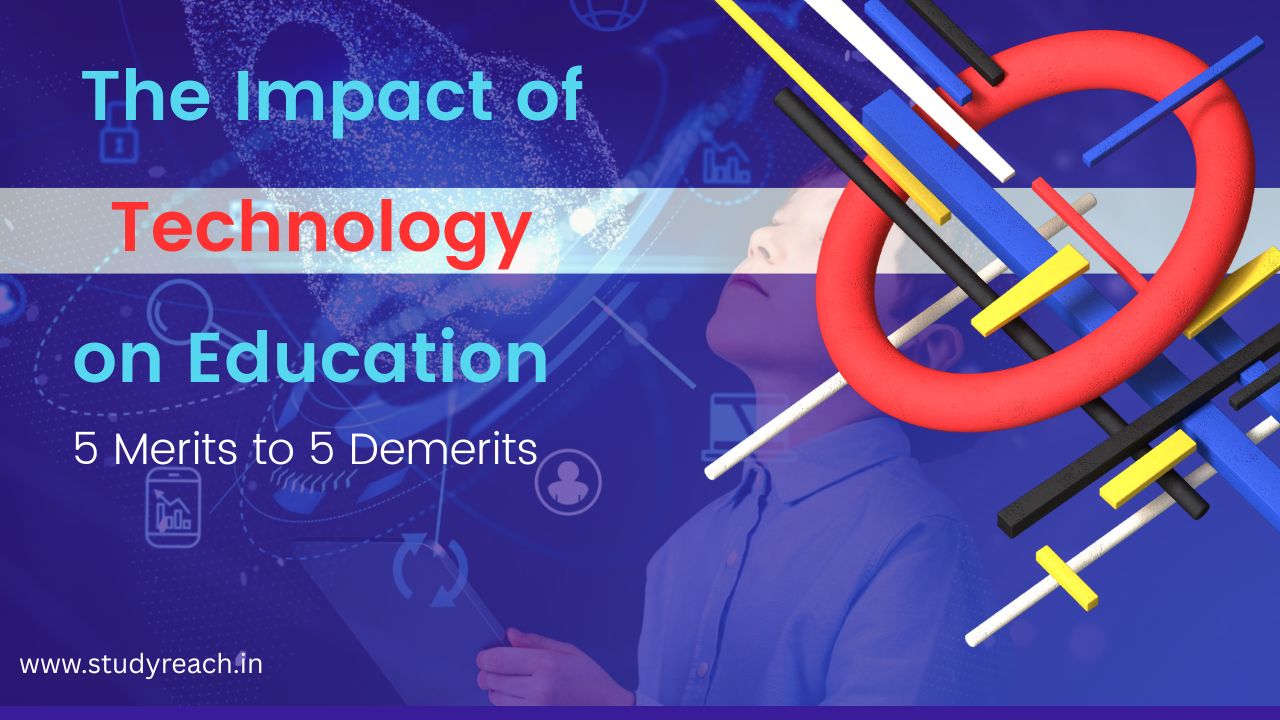
The Impact of Technology on Education and Future Careers. 5 Merits to 5 Demerits
In an era defined by rapid technological advancements, the impact of technology on education and future careers cannot be overstated. From transforming traditional classroom settings to revolutionizing the way we acquire knowledge, It has paved the way for a new paradigm in education. This blog aims to explore the multifaceted impact of technology on education and how it shapes future career opportunities.

Table of Contents
Enhancing Access of Education
Technology has broken down barriers to education, enabling learners from all walks of life to access quality educational resources. Online learning platforms, Massive Open Online Courses (MOOCs), and virtual classrooms have democratized education, making it accessible to anyone with an internet connection. This accessibility is particularly crucial for individuals in remote areas, those with physical disabilities, or those seeking flexible learning options.
Transforming the Learning Experience:
Traditional educational methods are increasingly being augmented or replaced by technology-driven approaches. Interactive multimedia tools, virtual reality (VR), and augmented reality (AR) are reshaping the learning experience, making it more engaging, immersive, and personalized. Students can now explore complex concepts through interactive simulations, virtual field trips, and gamified learning environments, enhancing their understanding and retention of information.
The learning experience is changing as more and more technology-driven approaches are being added to or taking the place of traditional educational methods. The learning process is changing and becoming more immersive, interactive, and individualized thanks to interactive multimedia tools, virtual reality, and augmented reality. Through interactive simulations, virtual field trips, and gamified learning settings, students may now explore complicated subjects, improving their comprehension and knowledge retention.
Empowering Collaboration and Communication:
It has revolutionized collaboration and communication among students, educators, and experts across the globe. Online platforms and communication tools enable seamless exchange of ideas, fostering virtual collaboration and project-based learning. Through video conferences and webinars, students can interact with industry professionals, researchers, and subject matter experts, gaining real-world insights and expanding their professional networks.
Customizing Learning Paths:
One-size-fits-all approaches to education are becoming obsolete. Adaptive learning platforms and intelligent tutoring systems leverage data analytics and artificial intelligence (AI) algorithms to tailor learning experiences to individual needs. By analyzing students’ strengths, weaknesses, and learning preferences, these systems offer personalized content, adaptive assessments, and feedback, optimizing learning outcomes.
Fostering Future-Ready Skills:
The integration of technology in education equips students with the skills necessary to thrive in the future workforce. Digital literacy, computational thinking, problem-solving, and creativity are increasingly emphasized. Students gain hands-on experience with coding, robotics, data analysis, and other emerging technologies, preparing them for careers in fields such as artificial intelligence, cyber security, and digital marketing.
Promoting Lifelong Learning:
Ithas t ransformed education into a lifelong pursuit. With the abundance of online resources, micro learning modules, and mobile learning apps, individuals can continuously update their skills and knowledge throughout their careers. This emphasis on lifelong learning is essential in an era of rapid technological advancements, where up skilling and reskilling are crucial to remain relevant in the job market.
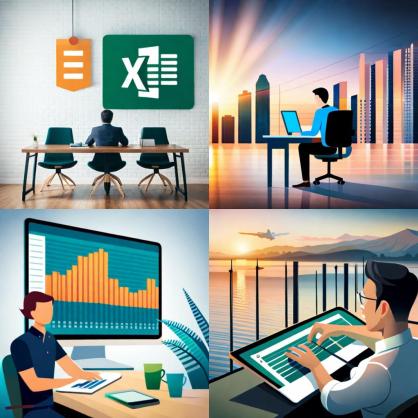
As technology continues to evolve, its impact on education and future careers will only grow stronger. From expanding access to education to fostering future-ready skills, technology is reshaping the landscape of learning and career development. Embracing these advancements and leveraging technology’s potential can unlock a world of opportunities, empowering learners to thrive in the digital age and beyond.
Related Article : Students v/s ChatGPT: Ek Chinta ka vishay Aur Parents Ke Liye Zaroori Message
POSITIVE SENTIMENT
Knowledge Access: Technology makes it simple to access a wealth of knowledge, enhancing learning and allowing for individualized attention.
Interactive Learning: Interactive simulations, tools, and multimedia improve comprehension and engagement, making learning more effective and entertaining.
Global Connectivity: Technology links students and professionals all over the world, promoting collaboration, cross-cultural dialogue, and a range of viewpoints.
Learning that is personalized: Adaptive learning systems use technology to create learning routes that are tailored to various learning styles and rates.
Skill Development : Developing new skills is possible with the use of online tools and courses, which can help with professional growth and flexibility in a job market that is changing quickly.
NEGATIVE SENTIMENT
Digital Divide: Because not everyone has access to technology equally, socioeconomic differences in educational and employment prospects result.
Distraction and Dependence: Using technology can cause distractions that make it harder to concentrate on learning. Furthermore, an excessive reliance on technology may impair one’s capacity for critical thought and problem-solving.
Loss of Traditional Skills: Increasing reliance on technology may cause a deterioration in practical knowledge and fundamental skills as a result of insufficient practice.
Privacy & Security Concern : Concerns regarding data privacy, security breaches, and the misuse of personal information might arise from the use of technology in education and the workplace.
Job displacement: Automation and AI developments may cause a loss of jobs in some sectors, forcing workers to adapt and pick up new skills.
Keep in mind that the effects of technology on education and jobs are multifaceted and can differ greatly depending on the setting and application.
How does technology help students with their diverse learning needs?
Through adaptive platforms, technology makes learning experiences more personal. It caters to different learning styles and abilities by customizing content and pace for each student.
Can technology completely replace traditional teaching approaches?
Although technology is a powerful tool, it is not a replacement for or a substitute for traditional teaching. Better results often come from careful combination of both, with teachers’ guidance and technology’s strengths.
How does technology affect teachers’ work in class?
Technology makes teachers shift from knowledge providers to facilitators and guides. It allows teachers to concentrate on developing critical thinking skills, providing individual support, and mentoring.


